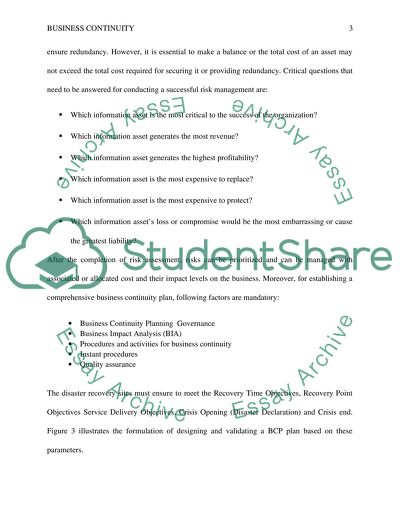Cite this document
(“The issues, procedures, and techniques involved in IT resource Research Paper”, n.d.)
The issues, procedures, and techniques involved in IT resource Research Paper. Retrieved from https://studentshare.org/information-technology/1492218-the-issues-procedures-and-techniques-involved-in-it-resource-contingency-planning
The issues, procedures, and techniques involved in IT resource Research Paper. Retrieved from https://studentshare.org/information-technology/1492218-the-issues-procedures-and-techniques-involved-in-it-resource-contingency-planning
(The Issues, Procedures, and Techniques Involved in IT Resource Research Paper)
The Issues, Procedures, and Techniques Involved in IT Resource Research Paper. https://studentshare.org/information-technology/1492218-the-issues-procedures-and-techniques-involved-in-it-resource-contingency-planning.
The Issues, Procedures, and Techniques Involved in IT Resource Research Paper. https://studentshare.org/information-technology/1492218-the-issues-procedures-and-techniques-involved-in-it-resource-contingency-planning.
“The Issues, Procedures, and Techniques Involved in IT Resource Research Paper”, n.d. https://studentshare.org/information-technology/1492218-the-issues-procedures-and-techniques-involved-in-it-resource-contingency-planning.


